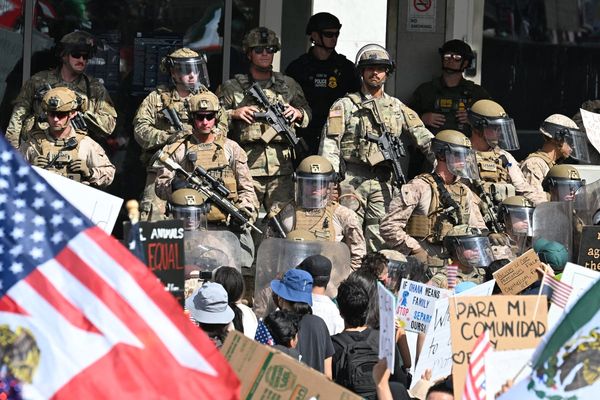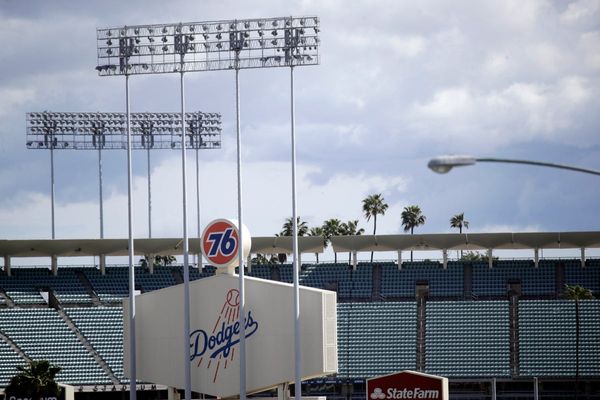
The warring houses of Montague and Capulet are living in a “near future” in this cutting-edge digital production, set in a disturbed world in which rich families and urban gangs have been forced to live, cheek-by-jowl, inside disused theatres. It is a nice touch to a film, by Metcalfe Gordon Productions, which utilises the architecture of an empty auditorium and splices it, ingeniously, with the wizardry of virtual sets.
Ambitious in concept, the film is exciting in its effects but we are never allowed to forget it is theatre, too. The camera sweeps ostentatiously across the stage and captures light falling across the auditorium. In a cameo, Derek Jacobi appears among the empty seats to deliver the prologue. The balcony scene takes place with Romeo on stage, and Juliet in a box seat above.
Sam Tutty’s Romeo has an emo look, while Juliet, in ripped jeans and T-shirt, is like a hair-tossing rebel in the early scenes. But when they come together, they become the glistening-eyed and ardent lovers of Shakespeare’s drama, bringing out all the voluptuous beauty in its language and delivering the verse with a sure, clear power. Emily Redpath is steely while Tutty, who won an Olivier award for his performance in Dear Evan Hansen, excels as a sensitive, slightly morose Romeo. The other cast members shine alongside them; Daniel Bowerbank is a mellow Benvolio; Brandon Bassir’s Mercutio is the “saucy merchant” that the nurse brands him as; Capulet and the Prince are played elegantly in gender-reversed roles by Helen Anker and Jessica Murrain respectively.
The actors were mostly filmed in isolation and edited to appear together, and there are almost no joins at the seams, bar one or two hiccups. We see the couple embrace, kiss and lie together while angry factions congregate in hoodies and leather jackets. Benvolio sits tightly beside Romeo in the stalls. Knives are plunged into Mercutio and Tybalt, though we never see any blood. The soundtrack adds to the melodrama, apart from one misjudged moment featuring Spandau Ballet’s Through the Barricades, on the morning after Romeo and Juliet’s night together, but thankfully it is short-lived.
The drama is set against virtual backdrops, from a rooftop looking across a contemporary skyscape to a cocktail bar and a trendy clothes shop. The overall effect is a hologram-esque aura of otherworldliness that suits the headiness of the story. The tomb of the final scene has a luminescent coffin, while the Capulets’ ball has an imaginary red carpet and we see the flash of paparazzi cameras.
Characters put on face masks to acknowledge the present-day pandemic but simultaneously seem a world apart from it, in a poetic dystopia of their own. If there is a message for today, it comes in the cycles of hate, violence and the polarised politics of the families.
The digital enhancements, which leave us questioning where theatre ends and film begins, create a marvel of hybridity. This production is far removed from the monologues and duologues of the first lockdown and unquestionably shows us the long and impressive journey that theatre has made this past year.







